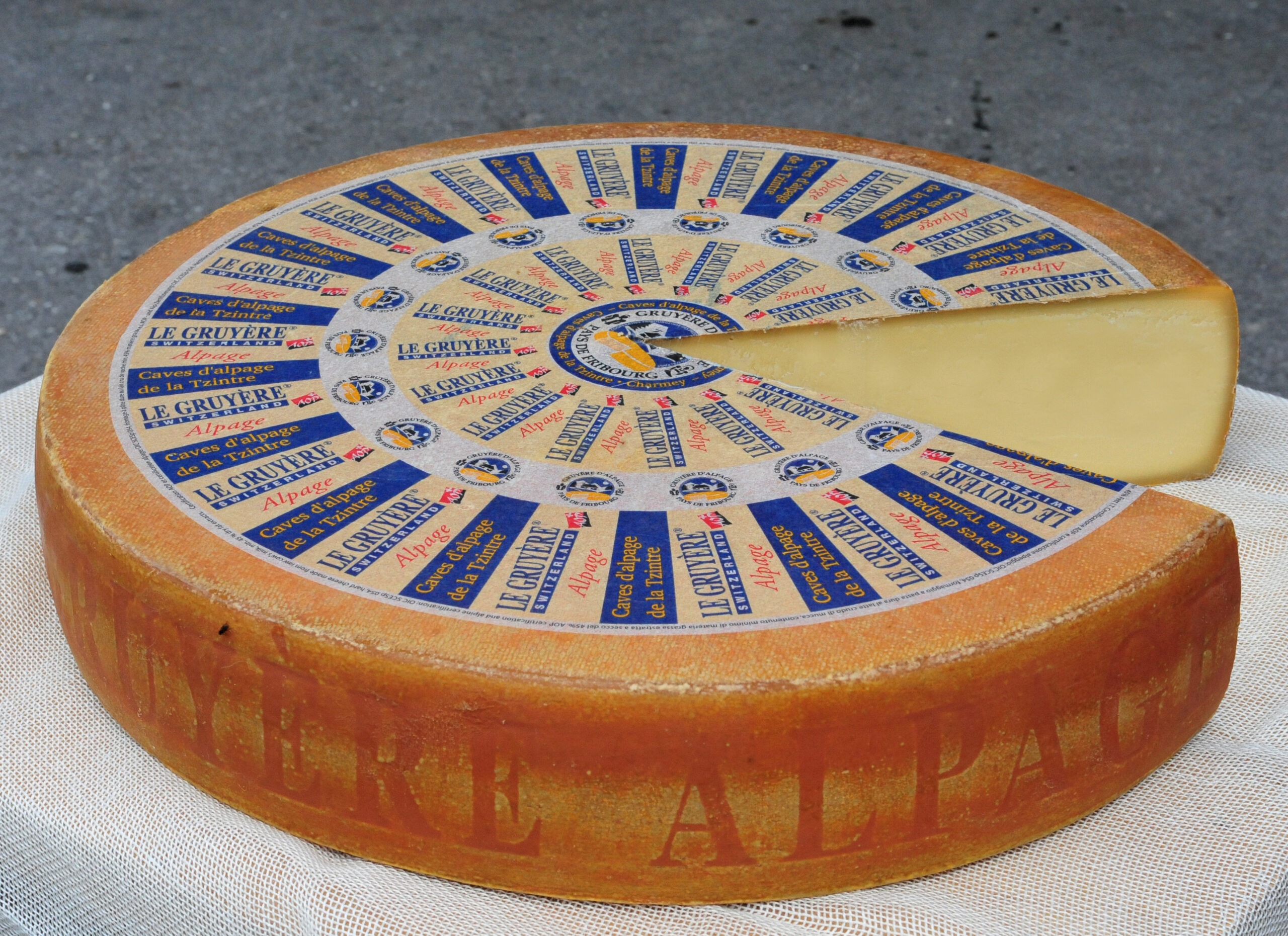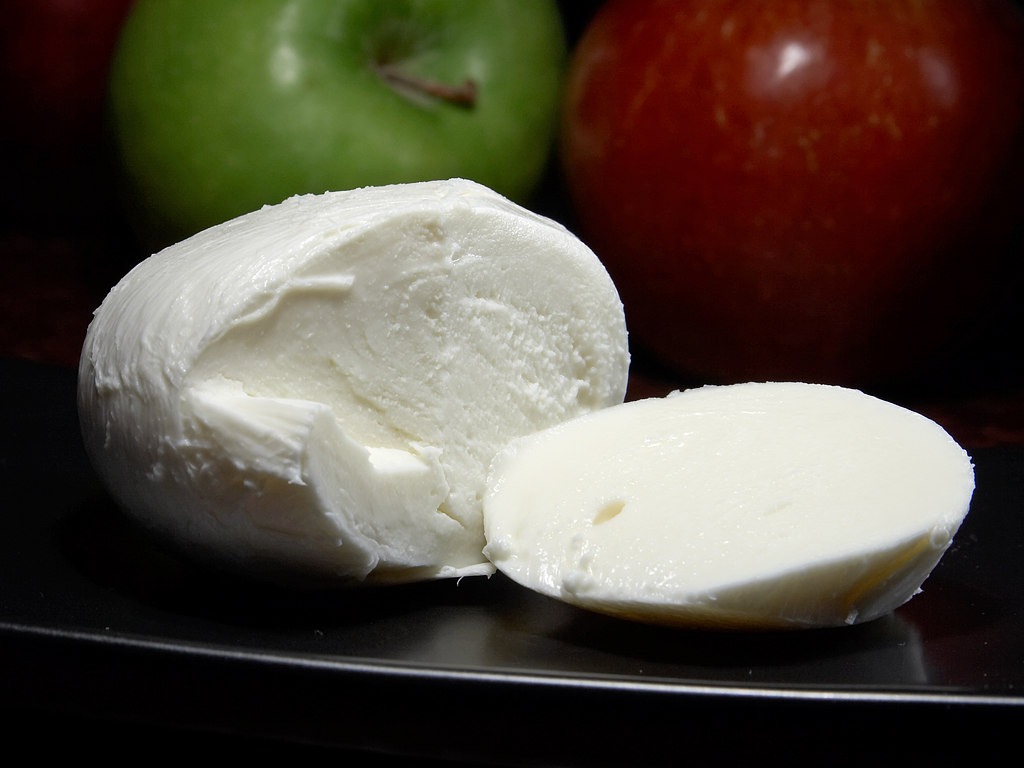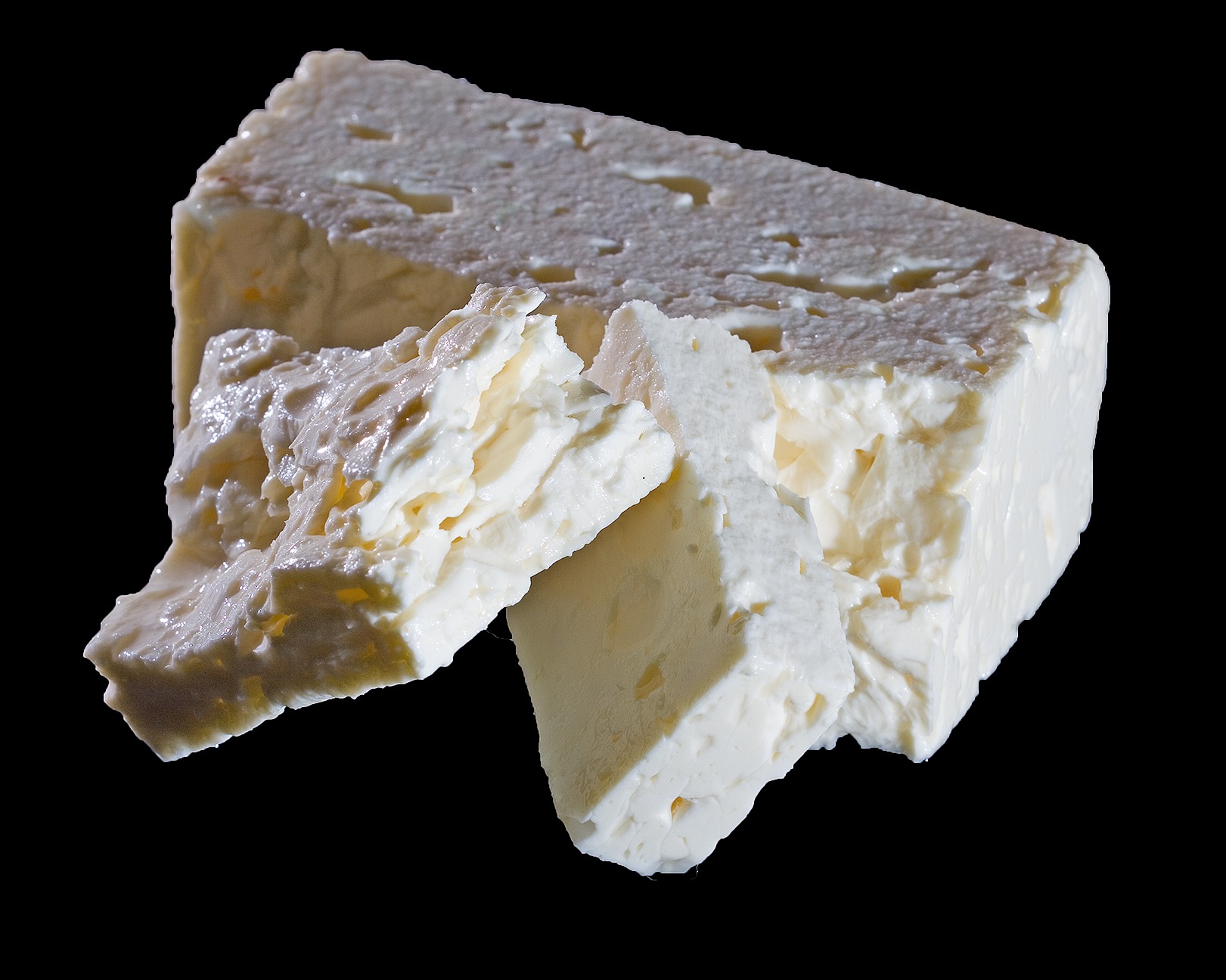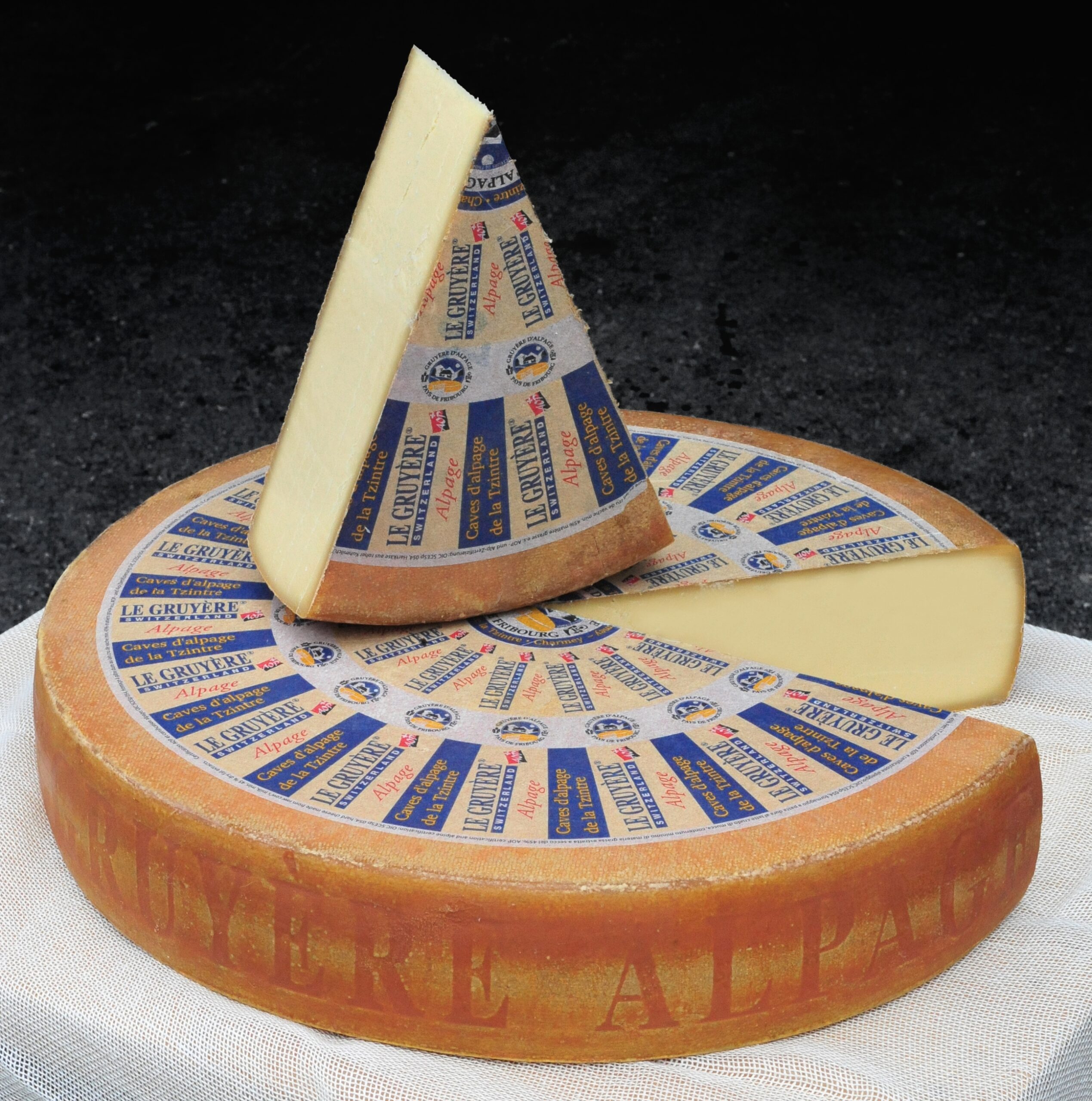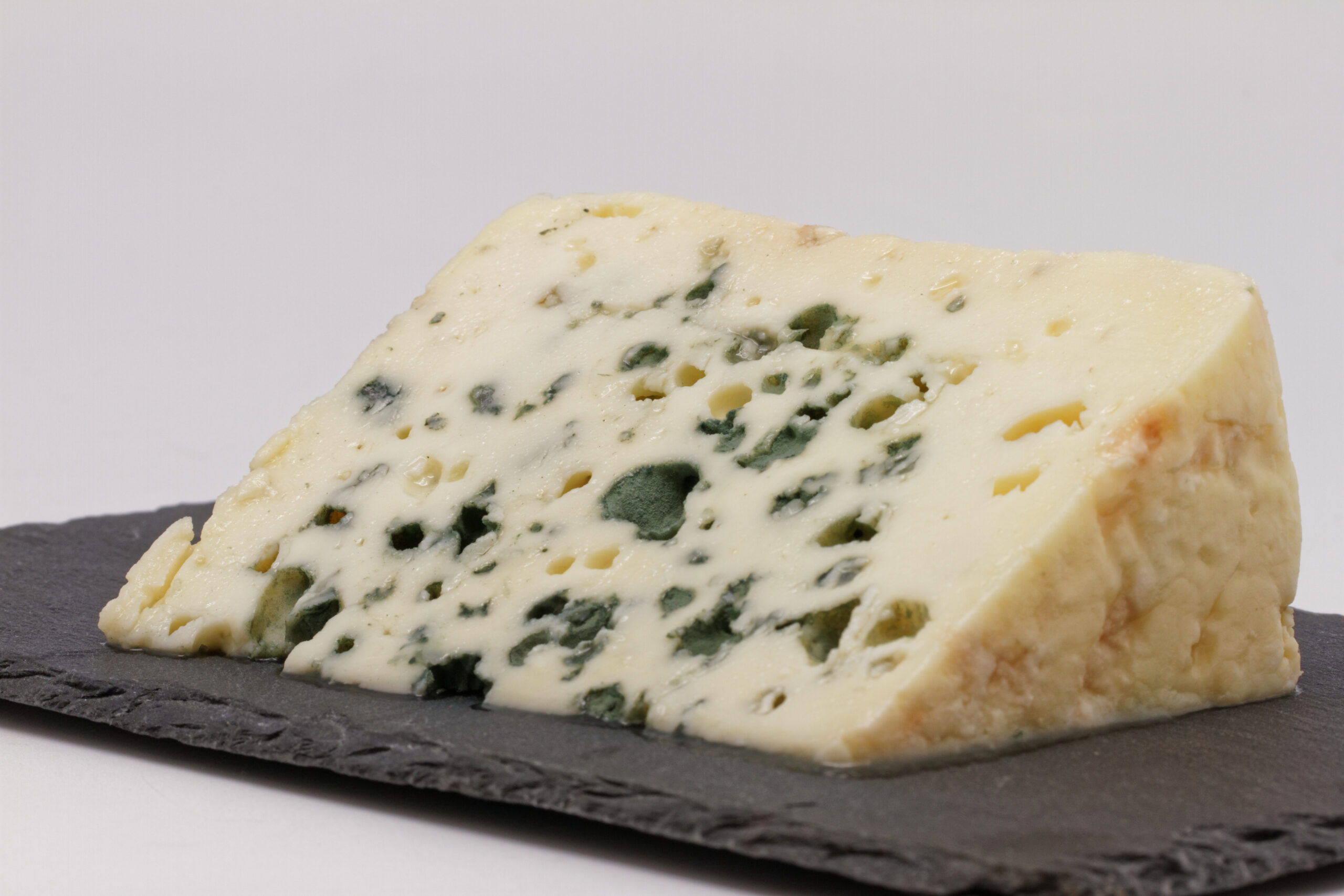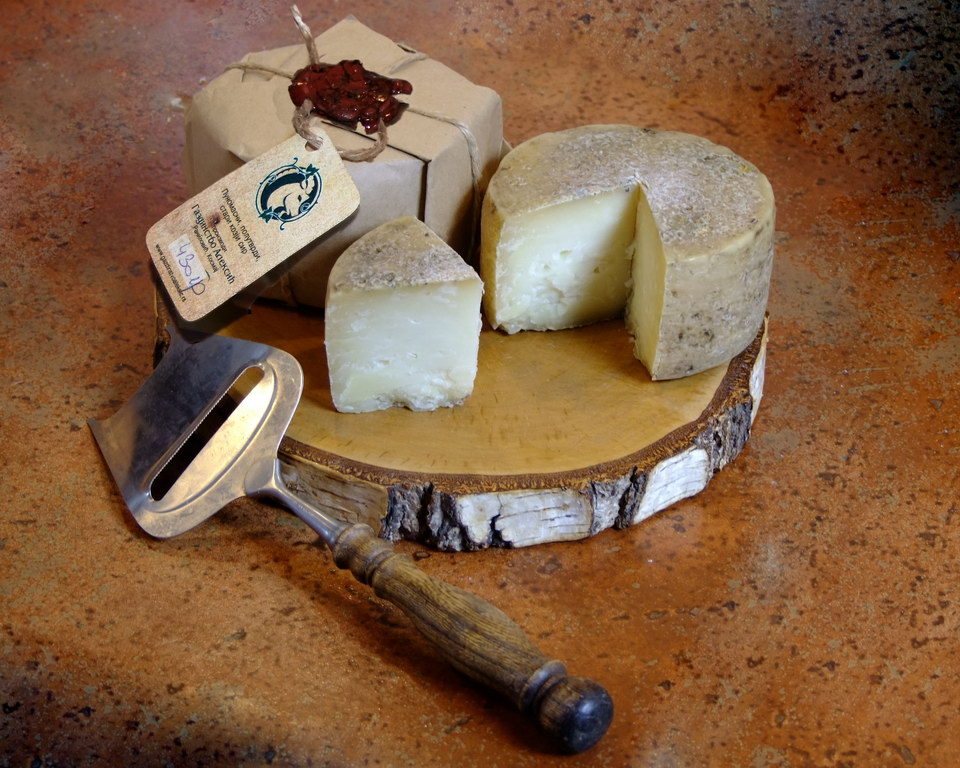When it comes to culinary pairings, cheese and fish may not be the most obvious combination. However, the complementary flavors and textures can create a harmonious and delightful dining experience when done right. Selecting the right cheese to accompany fish can elevate the dish, adding depth, richness, and complexity. In this article, we will delve into the world of cheese and fish pairings, exploring the flavors and characteristics that work best together. From mild and creamy options to more robust and pungent choices, we will guide you through the wide range of cheese varieties that can enhance your seafood dishes.
When it comes to pairing cheese with fish, it is crucial to choose carefully and avoid strong-flavored cheeses since seafood tends to have delicate flavors.
Fresh and Creamy Cheeses
Fresh and creamy cheeses can be a fantastic choice when seeking a delicate and subtle pairing. These cheeses typically have a mild flavor profile, allowing the delicate flavors of the fish to shine. Varieties such as mozzarella or burrata, are excellent options—their soft texture and mild taste complement light and flaky fish like sole, tilapia, or cod. Whether served as a topping, stuffing or melted into a sauce, these cheeses lend a creamy touch without overpowering the seafood’s delicate nuances.
Salty and Briny Cheeses
For those looking to add a salty and briny element to their fish dishes, there are several cheese options to consider. Feta, for example, is a popular choice due to its tangy flavor and crumbly texture. It pairs wonderfully with grilled or roasted fish, particularly those with Mediterranean-inspired seasonings. Other options include halloumi or queso blanco, which can be grilled or pan-fried to achieve a crispy exterior while maintaining a slightly salty and chewy interior. These cheeses add a unique dimension to seafood by providing contrasting textures and bold flavors.
Nutty and Aged Cheeses
When it comes to heartier fish varieties, such as salmon, trout, or tuna, nutty and aged cheeses offer an exceptional pairing experience. Cheeses like Gruyère, Parmesan, or aged cheddar provide a robust and nutty flavor profile that can stand up to the more pungent taste of these fish. Grated or melted over fish fillets, these cheeses bring depth and complexity to the dish, enhancing the savory notes and providing a satisfying contrast to the fish’s natural oils. These pairings work particularly well in baked or broiled fish recipes.
Blue Cheeses
Suppose you’re feeling adventurous and want to explore more daring flavor combinations. In that case, blue cheese can create a remarkable contrast with fish. Blue cheeses’ strong, pungent flavors, such as Roquefort, Gorgonzola, or Stilton, can complement rich and oily fish varieties like mackerel or sardines. The saltiness and tanginess of blue cheese cut through the fish’s richness, creating a unique balance of flavors. Blue cheese can be crumbled on top of grilled fish or incorporated into creamy sauces for a bold and memorable culinary experience.
Light and Tangy Cheeses
Fish dishes can benefit from the refreshing qualities of light and tangy cheeses. Goat cheese, known for its tanginess and creamy texture, pairs beautifully with grilled or roasted fish. The acidity of the cheese complements the fish’s natural flavors, while the creaminess adds a delightful contrast.
Here are some tips for pairing seafood and cheese:
Take texture into consideration.
Soft and creamy cheeses like brie and camembert make a great combination with delicate seafood such as scallops and shrimp, whereas harder cheeses like cheddar and gouda are a good match for firmer fish like salmon and tuna.
Consider the flavor profile.
Consider the flavors of both the cheese and the seafood to achieve a pleasing blend. Oysters and clams, with their briny taste, are complemented by bold and pungent cheeses like blue cheese and feta. On the other hand, milder cheeses such as mozzarella and ricotta pair nicely with white fish, which has a more subtle flavor.
Balance the saltiness.
When selecting cheese to accompany seafood, it is crucial to find a balance with the inherent saltiness of the seafood. Instead of intensifying the saltiness, opt for cheeses that harmonize with it. Aged cheeses like parmesan and asiago can be an excellent match for heavily salted seafood dishes, enhancing their flavors. Conversely, fresh cheeses such as goat cheese and feta can mitigate the overall saltiness of the dish, providing a contrasting and lighter taste.
Conclusion
Pairing cheese with fish may not immediately seem like a natural combination, but when done right, it can take seafood dishes to a whole new level. There is a wide array of options available, ranging from delicate and creamy cheeses to salty and briny varieties, nutty and aged cheeses, and even bold blue cheeses. The key to a successful pairing lies in achieving a balance of flavors, textures, and overall character in the dish.
Finding the perfect cheese to complement your fish can result in subtle enhancements or bold fusions of taste. It’s all about exploring different combinations and experimenting with various cheese and fish pairings. This culinary adventure opens up a world of possibilities and allows you to discover new and exciting flavors.
Whether you opt for a delicate and creamy cheese that enhances the nuances of the fish or choose a saltier and brinier variety that provides a contrasting flavor, the goal is to create a harmonious blend of tastes. Nutty and aged cheeses can add depth and complexity to seafood dishes, while bold blue cheeses can bring a distinctive and robust flavor profile.
So, don’t be afraid to venture beyond traditional pairings and let your taste buds guide you. Embrace the diverse flavors of cheese alongside your favorite fish, and embark on a delightful journey of culinary exploration. By carefully selecting and combining different cheeses and fish, you can create unique and memorable dining experiences that tantalize the senses and leave a lasting impression.

